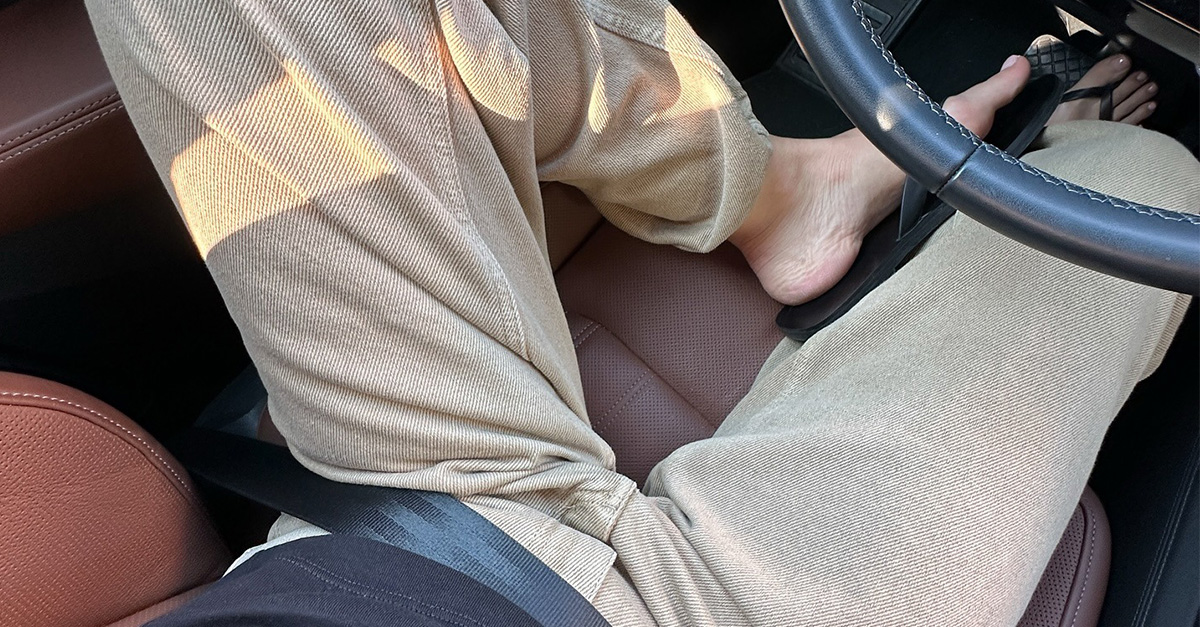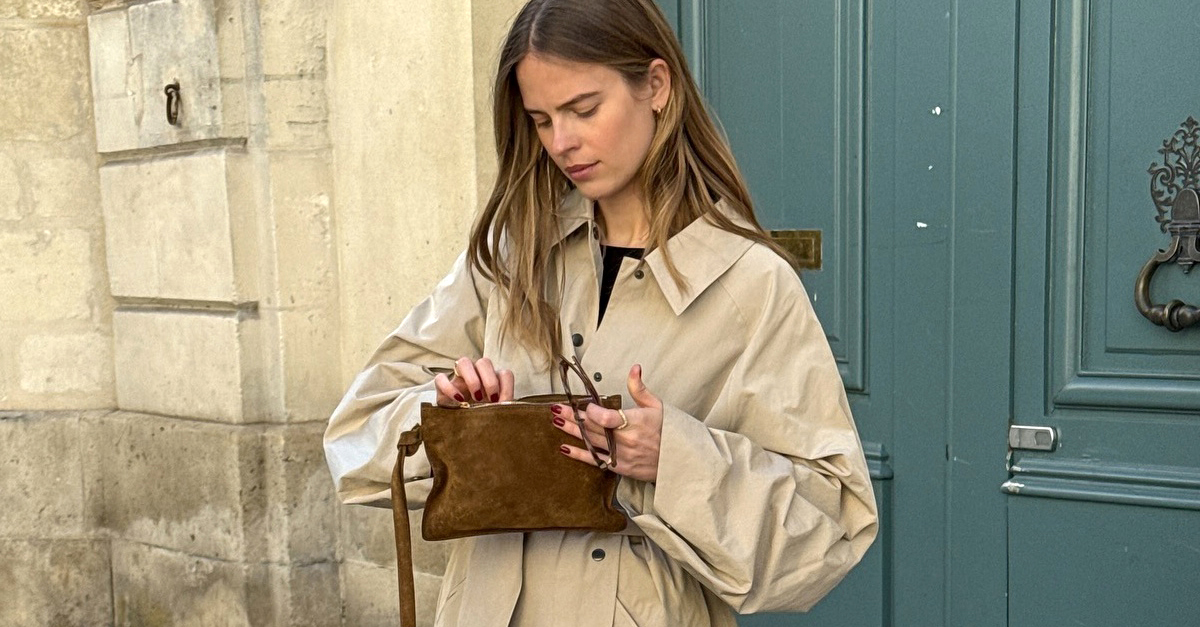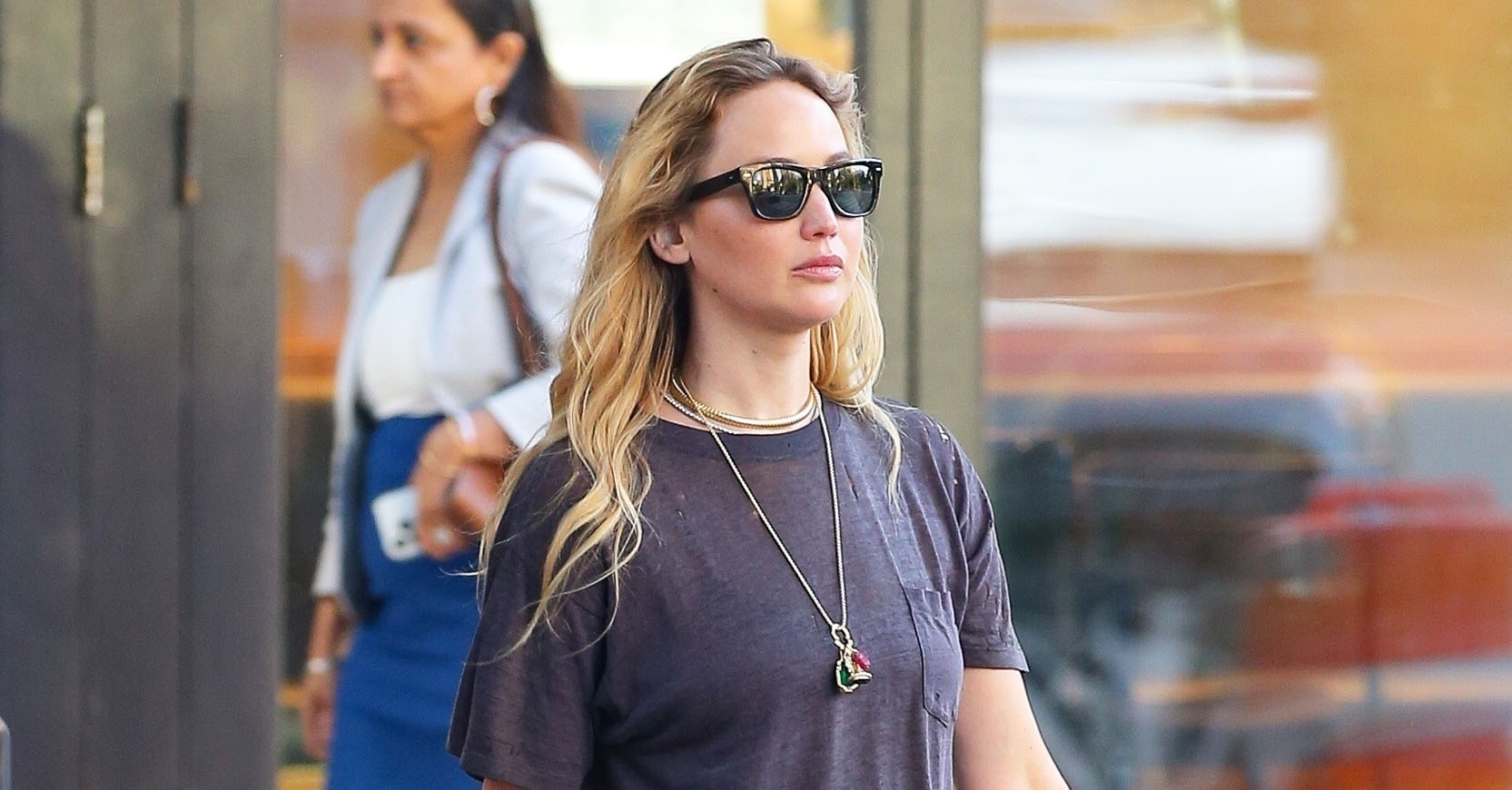For many creators, entrepreneurs, and models with disabilities, finding spaces that nurture both professional growth and authentic community can feel like an uphill climb. That’s where April Lockhart comes in. The content creator and entrepreneur is spearheading Disabled&—a refreshing and much-needed initiative. More than just a set of events, this community is designed to be a powerful intersection of creative expression and meaningful networking, all tailored to supporting and uplifting disabled voices in fashion and beyond.
With expert speakers, engaging events, and opportunities for visibility, attendees will gain practical tools to turn their ambitions into reality. Most importantly, it creates a space where disabled creatives can connect with brands and industry leaders in an authentic, inspiring environment—one where opportunities are built, not just talked about. We sat down with Lockhart to unpack what this community would look like and learn more about her experience in the beauty and fashion industries.
(Image credit: Jessica Steddom)
How would you describe your personal style right now?
My style has evolved into something I call intuitive styling, which is my version of personal style. It’s waking up and wearing what feels right to you that day. For a while in college and my early 20s, I got really hung up on trends. I was wearing a ton of neutrals. You wouldn’t recognize me today. Now, I’m in a phase where I’m so excited to keep building my closet. I’m purging way less, which maybe isn’t great because, honestly, where am I going to put all this stuff? But I’ve always loved thrifting and vintage, and now, I’m collecting more than ever and really appreciating weird statement pieces. I think the best personal style is kind of weird—the pieces that earn compliments and start conversations.
You’ve described fashion as a tool for confidence. Can you share a moment when what you wore completely shifted how you showed up in a space?
I just did a really fun shoot and got my first Chopova Lowena skirt, and I felt like the coolest. Here’s a really embarrassing one: When I was 18, I was on a singing show on ABC. This is my past life; now, I’m outing myself to Who What Wear. They had a stylist there who was so fun and said, “Whatever you want to wear.” I was really into patent-leather skirts, and I had my hair in space buns. These photos are still on the internet, so it’s not hard to find. I loved punk style. I always looked up to Gwen Stefani and the No Doubt vibe. Even though I look back and cringe slightly, I was so proud of those outfits at the time. I still look back on them fondly.
What does disability-inclusive fashion actually mean to you? What’s missing from the mainstream conversation?
Involving disabled creators in forward-facing campaigns is really important. That’s often the first and easiest step brands take when they want diverse campaigns, which is great. At this point, it’s table stakes. What I’m loving now is seeing brands tap into creators as consultants—not just in the disability space but across the board. Creators are on the ground, hearing directly from their communities and followers, so they know what’s actually valuable. They understand what products are resonating, what’s missing, and what struggles people are having, and those followers are often the buyers. It’s been cool to see brands lean into things like behind-the-scenes focus groups. That feels like the least performative thing they can do.
I also think it’s important to keep involving disabled creators throughout the year, not just once. I understand that brands need to rotate people in and out, and I’m never offended when a brand stops working with me. But if it’s a good fit on both sides, continuing the relationship means a lot.
At many brand events, I do notice I’m the only disabled creator in the room. I don’t feel othered, but I notice it as a fact. That’s why I get excited to introduce brands to other disabled creators in the community.
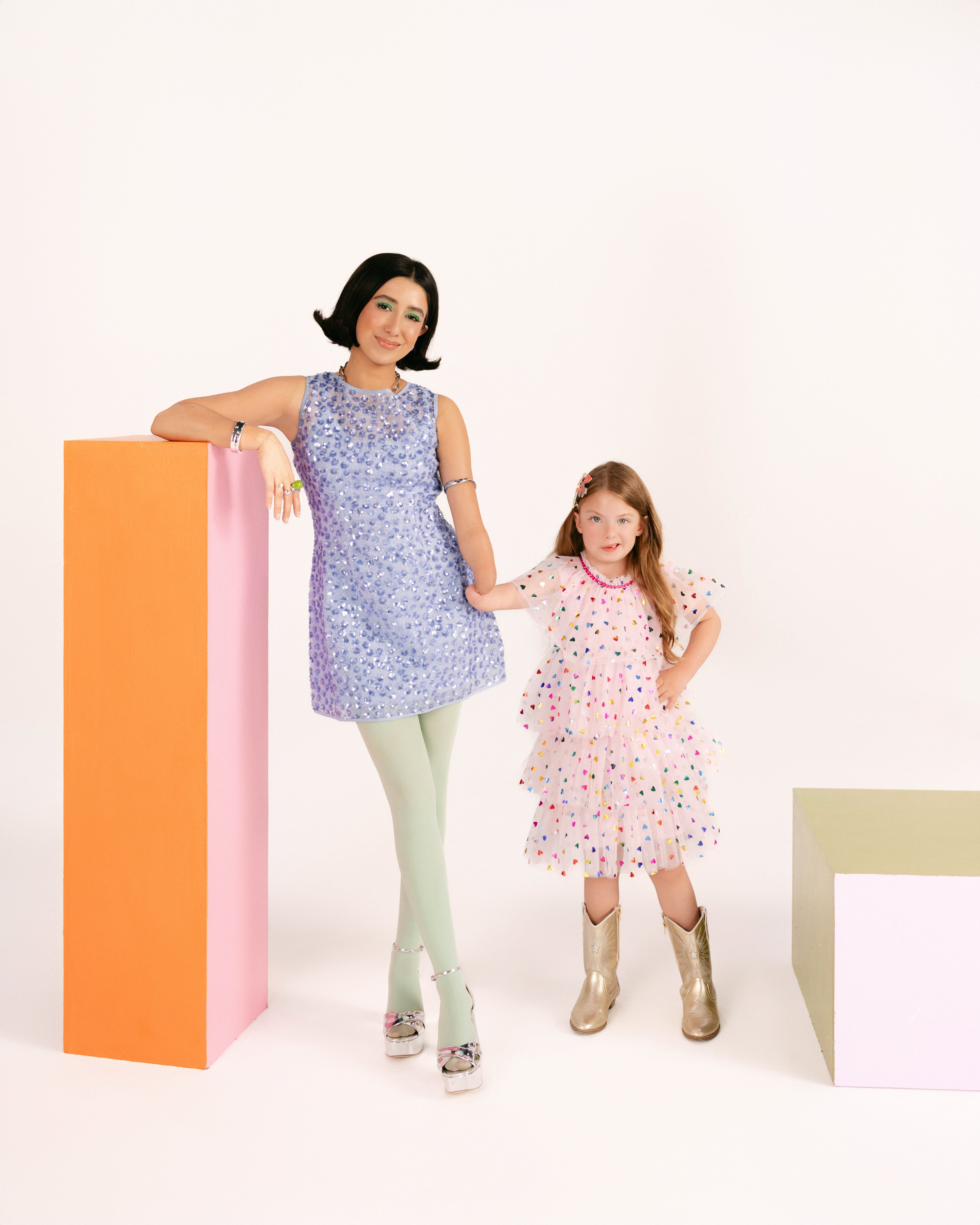
(Image credit: Jessica Steddom)
Are there any brands or designers you think are getting it right—whether in adaptive design, representation, or the way they collaborate with disabled creators?
Tilt is amazing. What they’re doing in beauty is so different but also just really cool. I love their branding, and maybe I’m biased, but their press is incredible. It feels really elevated and doesn’t look or feel like most adaptive brands. The Anthropologie adaptive launch was also amazing. Then there are smaller brands I think of often. One is called YouSwim. It’s a one-size-fits-all bathing suit company similar to a Hunza G vibe. They feature a ton of diverse models on their site. I’ll be browsing and see someone with a limb difference or notice the wide size range represented. What’s interesting is that they don’t talk about it much. I don’t think people necessarily think of them as a super-diverse brand, but they’re really walking the walk. Collina Strada, on the high-fashion side, also does an amazing job.
Your GRWM videos are such a hit. What role do you think fashion content plays in helping normalize disability for people who might not otherwise see it?
I was just having this conversation the other day. I think people need to see disabilities through vehicles they already understand. For me, that’s fashion, beauty, and lifestyle. You need to see people who look different living their normal lives.
Even for me, I’ll admit [that] being in a room with people who have different disabilities can still feel uncomfortable at times. I’ll see someone with a limb difference that looks different from mine, and I have to remind myself, “Different isn’t bad. It’s just different.” And if that’s my reaction—someone who’s lived 30 years with a limb difference—it’s even more understandable that people who haven’t seen it before might feel unsure or surprised.
That’s why building an online community through familiar formats (a “get ready with me,” a hair tutorial, getting dressed in your closet) helps. It puts something that’s out of the norm into a palatable, everyday context. It makes the unfamiliar feel normal by pairing it with something as mundane as a daily routine.
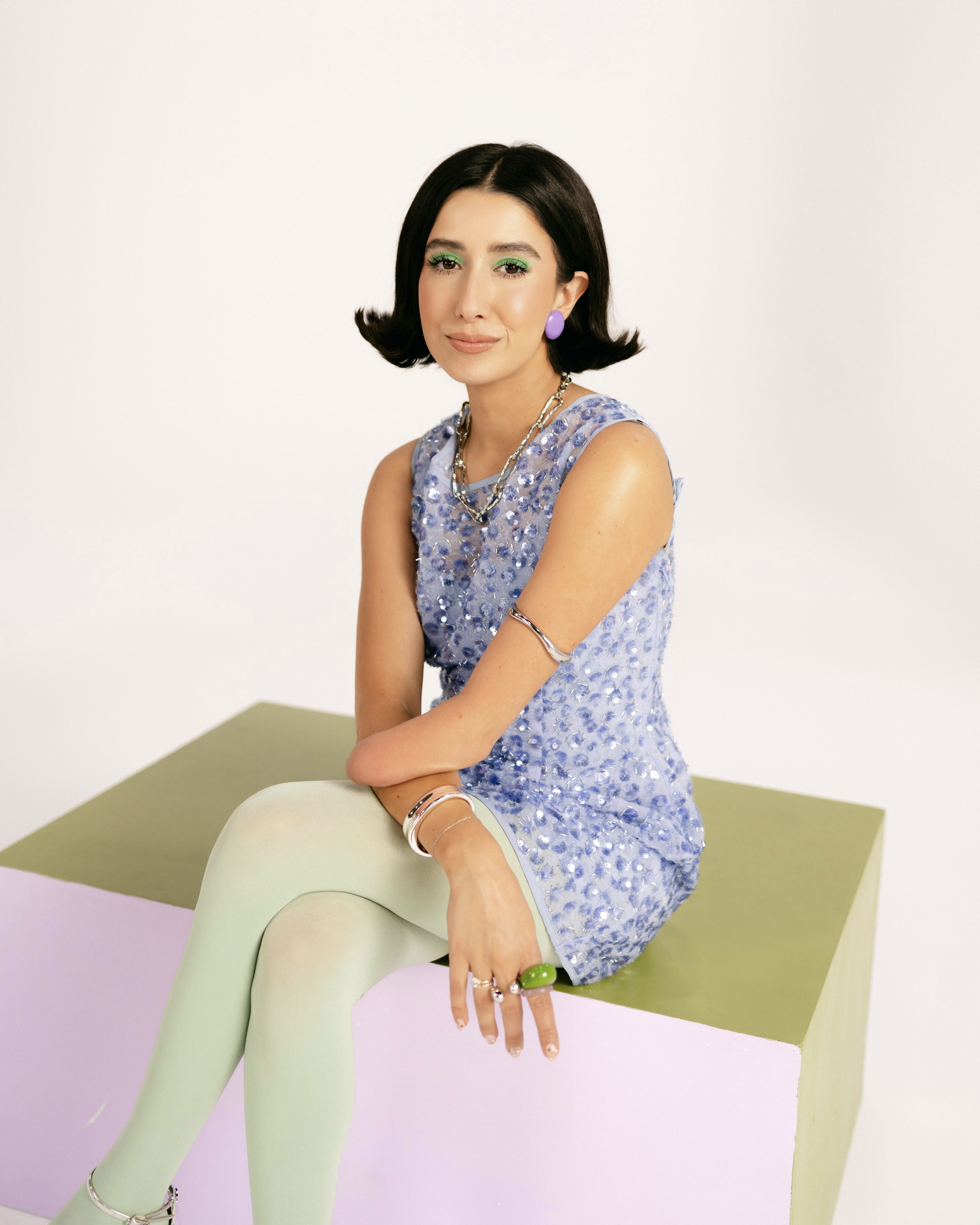
(Image credit: Jessica Steddom)
Now, tell me about your new project, Disabled&.
I’ve been doing events for the disabled community over the last few years. The first time I was ever in a room with more than two other disabled people at a time was September 2023, and I didn’t realize how much that would change things for me. I couldn’t get the itch out of my head. I needed to bring people together.
It’s been a healing experience and also uncomfortable at the same time, hosting events for people with disabilities. I’m learning as I go. People often assume that, because I grew up with a disability, this is all common knowledge for me, but I’m realizing that a lot of the disabled community is embracing the community for the first time later in life.
Disabled& was born from that idea. I’ve been hosting different events for disabled adults. We did two fashion-week events last year. We’ve done events for young girls with limb differences. We’re planning a back-to-school event for disabled teens. It’s a wide age range, but [it’s] all centered around creative activities.
A lot of the nonprofits I’ve worked with focus on athletics—getting kids running legs or involved in dance—which is amazing, but I was not an athletic kid at all. I always gravitated toward arts and music. I wanted to learn guitar, play dress-up, read with friends. Disabled& is creating a space for disabled creatives who may not be into sports but want a creative outlet.
It’s been amazing to meet people who look like me, but just because we have the same disability doesn’t mean we’re automatically friends. Meeting people who have the same interests has been really special. There’s a deeper level of understanding. Like with limb difference, there’s an unspoken connection. You understand my childhood, what dating was like in a way that’s hard to explain. But we still might not like the same music or shows.
Everyone’s different, but finding common ground has been powerful. It’s the extra layer of “Wow, I feel like I’ve known you my whole life.”
How did the name for this project come to be?
We were spitballing names one night. I’ve been cautious. So many words in the disability space are cringey. “Differently abled,” “limitless”—you can’t help but cringe reading those. I just wanted something cool. I was talking with a friend: “Disabled and cool, disabled and ambitious,” and then I said, “What if it’s just ‘disabled and,’ and we let people fill in the blank?” That’s how it was born.
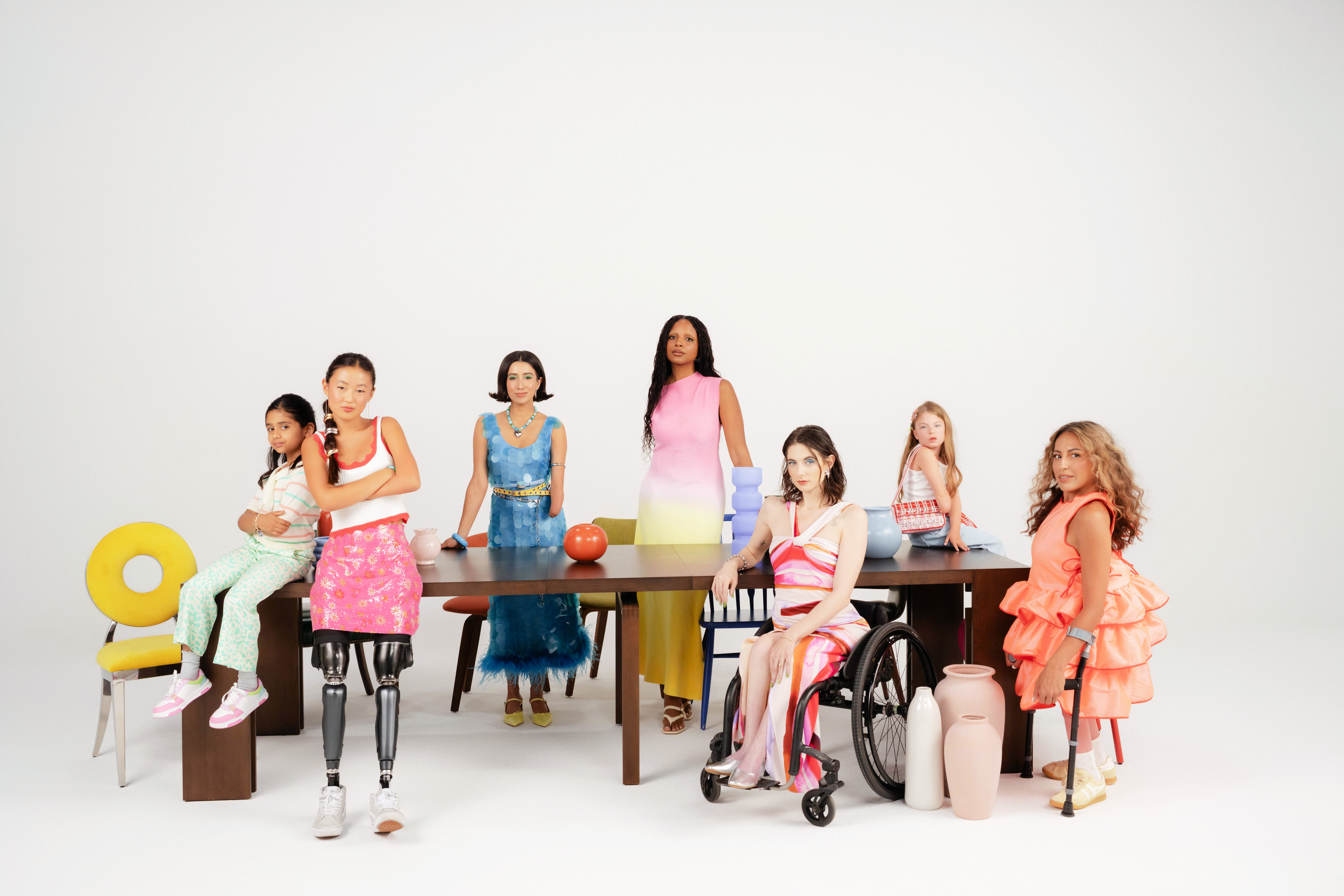
(Image credit: Jessica Steddom)
A lot of fashion initiatives around diversity still feel performative. How are you making sure Disabled& creates real opportunities for the disabled community in fashion and beauty?
I think the best way is to approach people who are already doing the work. We’re hosting the events whether a brand gets involved or not. Of course, we can do additional events if brands want something specific to them, but we’re already planning a fashion-week event. It’s not outlined yet. Hopefully next year, things will be more organized in advance, but if a brand wants to get involved, they should tap into communities that are already activating. That way, it doesn’t feel tokenizing. I admire people like Chrissy Rutherford and the Black in Fashion Council for the amazing things they’re doing. It’s about approaching experts with lived experience instead of trying to reinvent the wheel. I also think it’s amazing when brands explore adaptive lines or ways to make pieces more accessible—consulting is a powerful way to put your money where your mouth is. Hiring people behind the scenes shows a real commitment, not just a public-facing initiative.
What does NYFW look like for Disabled&?
We did our first event last year in February—a photo shoot for disabled models, creators, and creatives. It was an intimate group. We had 12 women, and each got a 30-minute session with a photographer where they could bring their own outfits and shoot content for themselves. It was really fun. It wasn’t attached to a brand. It was more about… If you want content to share during fashion week, come and we’ll create that moment for you. Or if you need a test shoot, for example, if you’re a model, [we’re] giving them that setup for success.
Then in September, we did a true fashion-week brunch. Everyone got to dress up, and we did some mini mic interviews, which were fun. I’ve been trying to get brands involved, which is amazing, and that’s why I love being at this intersection of my creator life—my past brand background and now doing this. Getting to introduce so many brands I’ve worked with for years to this community is really special.
I’m excited to see what we’ll do this year.
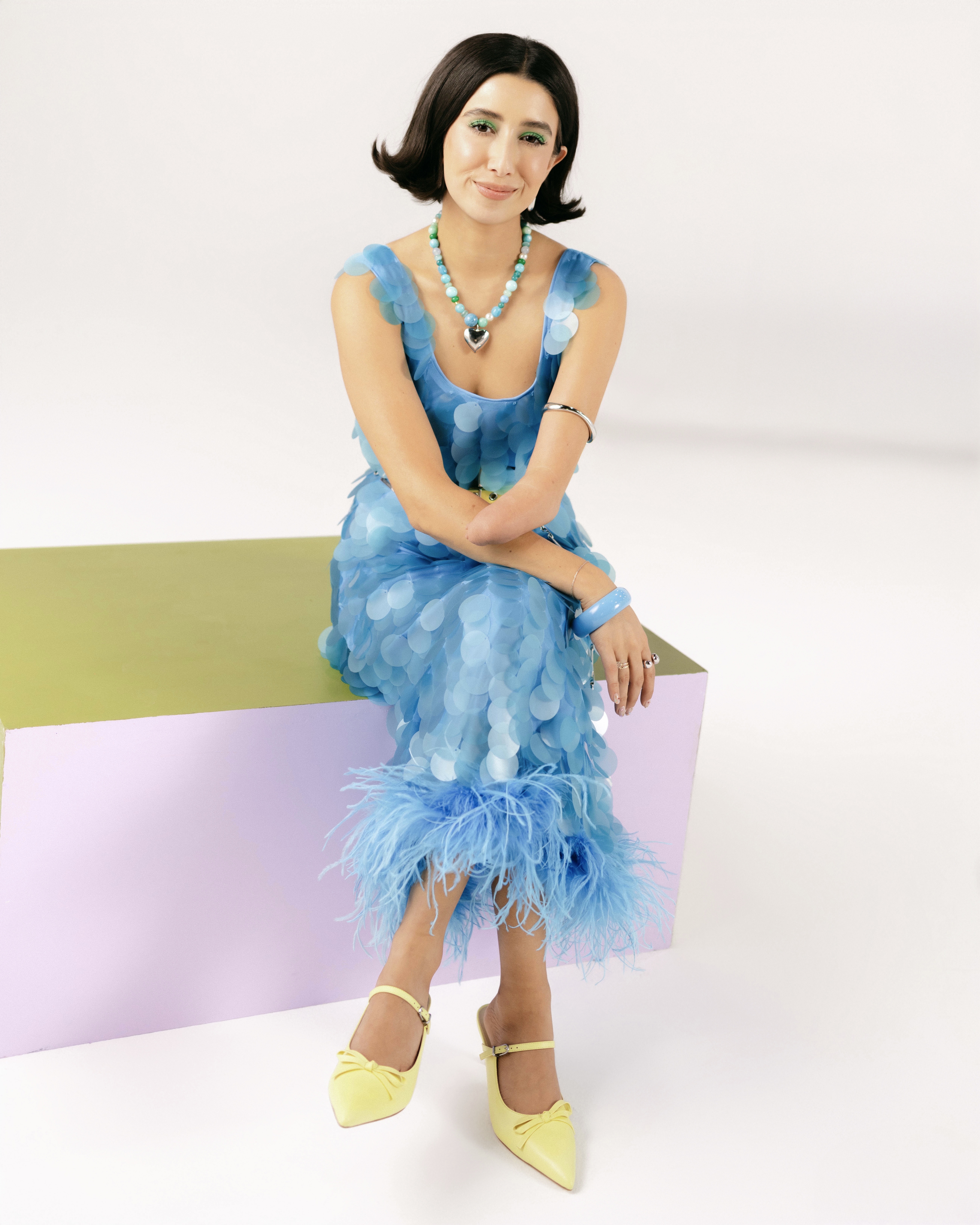
(Image credit: Jessica Steddom)
What do you hope the next generation of disabled fashion lovers will take away from what you’re building?
I hope they have a place to be inspired and find new opportunities. I think this is just the start. What I’m really excited about is doing our first retreat—a disabled fashion girlie retreat. It will be a business retreat where aspiring entrepreneurs, small business owners, creators, or models can come and leave with practical business knowledge. We’ll bring in a talent manager to speak on representation, someone from Meta or Google to talk about best practices, and a business coach to discuss goal-setting and how to follow through on your goals. There will also be a photo shoot one day so people can leave with valuable content. Content is so important these days, especially professional shoots that you can’t create on your own in your room. Whether it’s LinkedIn headshots, test shoots for models, or shoots for a new line, we want to give people the space to leave with real tools.
Networking will be a key part too—bringing in people from brands so attendees can pitch themselves, for lack of a better word. We want to create amazing opportunities for people, and I’m really excited about that.


